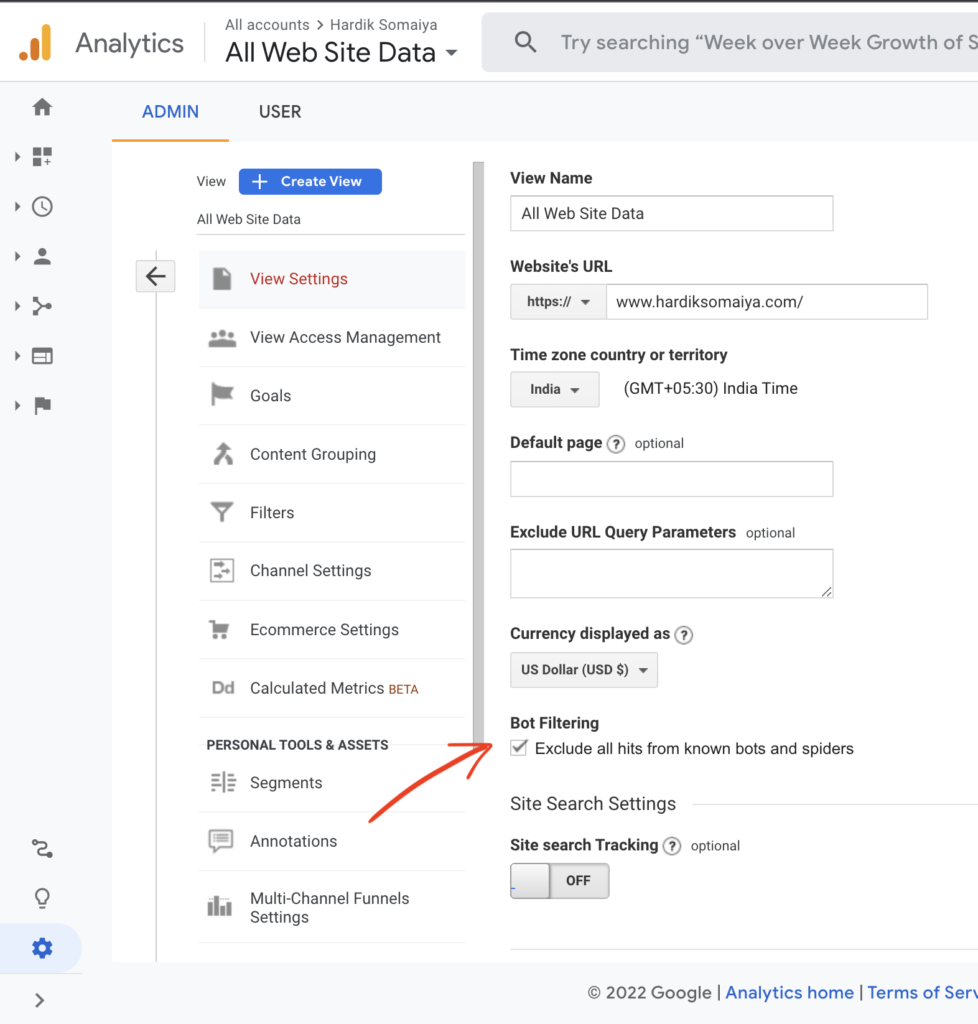You can use the information in this article to check the accuracy of the attribution of the direct traffic you see in Google Analytics. If it doesn’t, it will enable you to identify the appropriate source/channel from which the traffic originated and provide an answer to the question of how to reduce direct traffic in Google Analytics (or other tools).
If done correctly, attribution can assist you or your marketing team in optimising the appropriate channels, enabling your company to focus more energy on the channels that are assisting in the achievement of your goals.
Let’s dive into understanding more on this:
Table of Contents
What is Direct Traffic in Google Analytics?
Direct traffic, as the name suggests, is visitors who entered the website’s URL into their browser directly.
However, there is a catch: if Google cannot identify the visitor’s origin or the source of traffic, it will attribute it to direct traffic. If you are paying to acquire traffic to your website but are unable to properly attribute it, this could be an issue.
Direct traffic vs Organic Search
When someone uses a search engine like Google, Bing, etc. to find anything and ends up on your website, that is referred to as organic search traffic. Direct traffic is the result of someone typing your website’s URL into their browser directly.
Is Direct Traffic Good?
A definite yes. There is no harm in direct traffic making up a sizable portion of the total, provided the attribution is correct.
The likelihood that your direct traffic will contribute more heavily depends on how powerful your brand is.
For instance, I immediately enter amazon.in in my browser when I want to make an online purchase since I believe Amazon may stock the item I’m looking for. In this case, Amazon would consider it a direct source of traffic for my session.
Why is direct traffic so high and how to reduce direct traffic?
The following explanations and recommendations may help you comprehend why your direct traffic may be large and how to reduce direct traffic:
Your brand is really powerful
Yes, your direct traffic would be higher than that of your competitors in your business if people consistently come back and enter your URL when they think about the service you are delivering.
However, this does not imply that a 40% traffic contribution is always appropriate. If that’s the case, you need to look a little further into trying to uncover the core reason.
Incorrect use of UTM parameters
One of the main causes of your direct traffic being so high is this. If you or your marketing team are running several campaigns to attract users, there’s a potential that UTM parameters occasionally get overlooked or are not entered. There is a great likelihood that you will forget to add UTM parameters because certain advertising platforms demand you to manually enter them.
Solution:
- An in-depth examination of all active promotions driving traffic to the website
- Inform & educate all the teams that are in charge of using UTM parameters when sharing documents, developing marketing campaigns, SEO, PPC, etc.
More on audit:
Checking the URLs that visitors are using to access websites is one technique to audit Google Analytics. You can take the following actions to see this:
- Select Landing Pages under Behaviour > Site Content
- “All Users” will be shown at the top of the page with a blue circle automatically selected. Select “Direct Traffic” as the segment by clicking here. Additionally, deselect “All Users.”
- You can now see all of the pages from which direct traffic is coming in the table below. Try to analyse these pages by looking at the URLs or URL parameters to determine whether or not they are being correctly attributed via GTM.
Looking at the URLs while performing the same audit for a company I work for, I discovered that our order confirmation email and users who were accessing the website through the app (in-app browser) lacked UTM parameters, and GA was counting these people as direct traffic.

Non-Web Properties
It’s possible for Google Analytics to classify this traffic as direct if your website URLs are referenced in some widely distributed materials (such as brochures, quotes, etc.) without UTM parameters.
Solution:
Wherever you or your team uses links in such a document, include UTM parameters as well.
HTTP > HTTPS
If a user comes to an HTTP link that redirects to an HTTPS webpage, chances are the referrer data is not passed properly.
Solution:
All links should be updated to HTTPS so that the redirection is unnecessary. Ask your marketing team to change all links to HTTPS, and make sure that HTTPS links are indexed by search engines rather than HTTP links.
Social Media
Google Analytics may not receive referral data from social networking networks when someone shares your post or your website link, therefore GA will occasionally classify these actions as coming from a direct or “other” channel.
Solution:
You really can’t do anything about this because the social media platform is in complete control of it.
Internal Traffic
Businesses typically employ teams of developers, testers, or other personnel who routinely access their own websites to ensure everything is operating as intended. In such cases, a significant amount of traffic coming from inside teams would be considered a direct traffic source.
Solution:
There are but a few techniques for blocking internal traffic:
- Filter internal traffic through IP > If a specific IP address is used by your team to access the website, you can filter it by going to Admin > Selecting the appropriate View > Filters > Add Filter > Then, choose the filter type as exclude, the source or destination as “traffic from the IP addresses,” and the phrase as “that contain” if you are unsure what to choose. Then, input the IP address in the text box below.
- Chrome Extension > Ask your team to install the Analytics Blocker if they use Chrome if they don’t already. I use this one myself.
Bot Traffic
Over 40% of internet traffic is thought to be bot or non-human, according to estimates. Additionally, as this type of traffic lacks referral information, Google Analytics would use its default attribution, either direct or “other.”
Solution:
Disabling the known bots in Google Analytics is one of the simpler methods. Simply select the view for which you wish to filter the bit traffic in the “Admin” area. Check the box next to “Exclude all hits from known bots and spiders” by selecting “View Settings”.

However, while this may stop some bogus traffic, bots are becoming more sophisticated and difficult to identify. You’re at least trying your best by enabling this in GA.
Backlinks
When other websites connect to your website (often known as “backlinks”) but include rel=”noreferrer” in their links, meaning they do not pass referral data when your website link is clicked, Google Analytics will treat this source as direct.

Solution:
It’s not easy to solve this. You can contact every website that links to yours, but it’s likely that few will care to make the change.
Conclusion
I really appreciate the fact that you dedicated your time to read this article until the end. I sincerely hope the above article helped you in understanding how to reduce direct traffic.
What would you like to read about more? What are you struggling with, professionally? Let me know your thoughts in the comments section below.
Like what you read? Don’t forget to share.

Leave a Reply